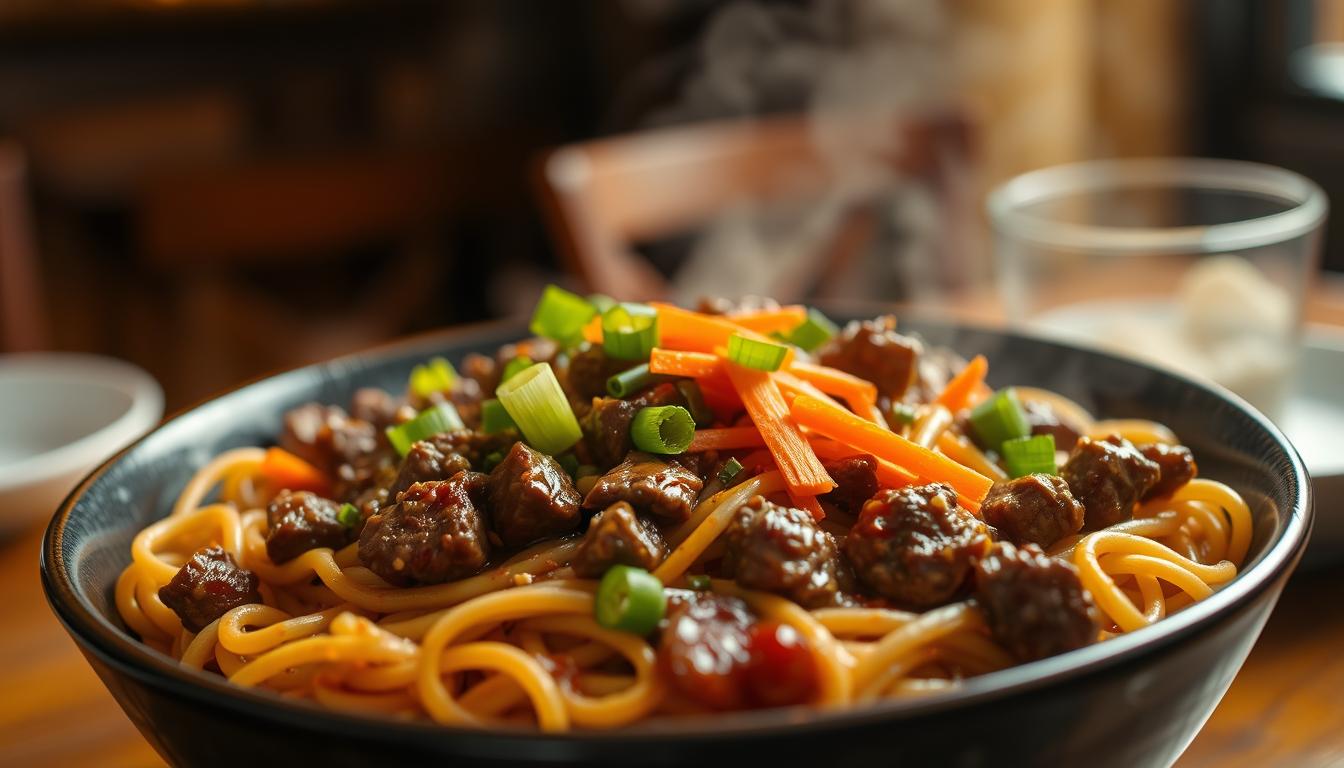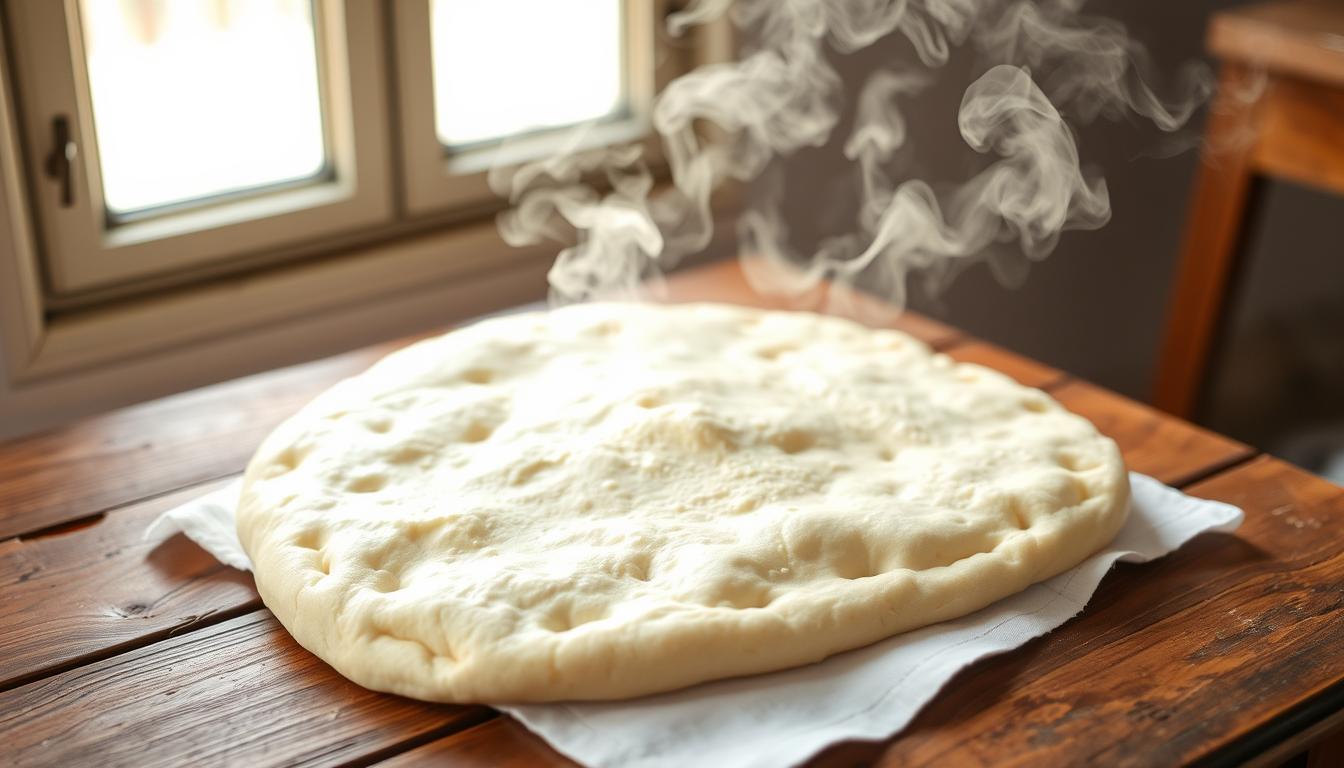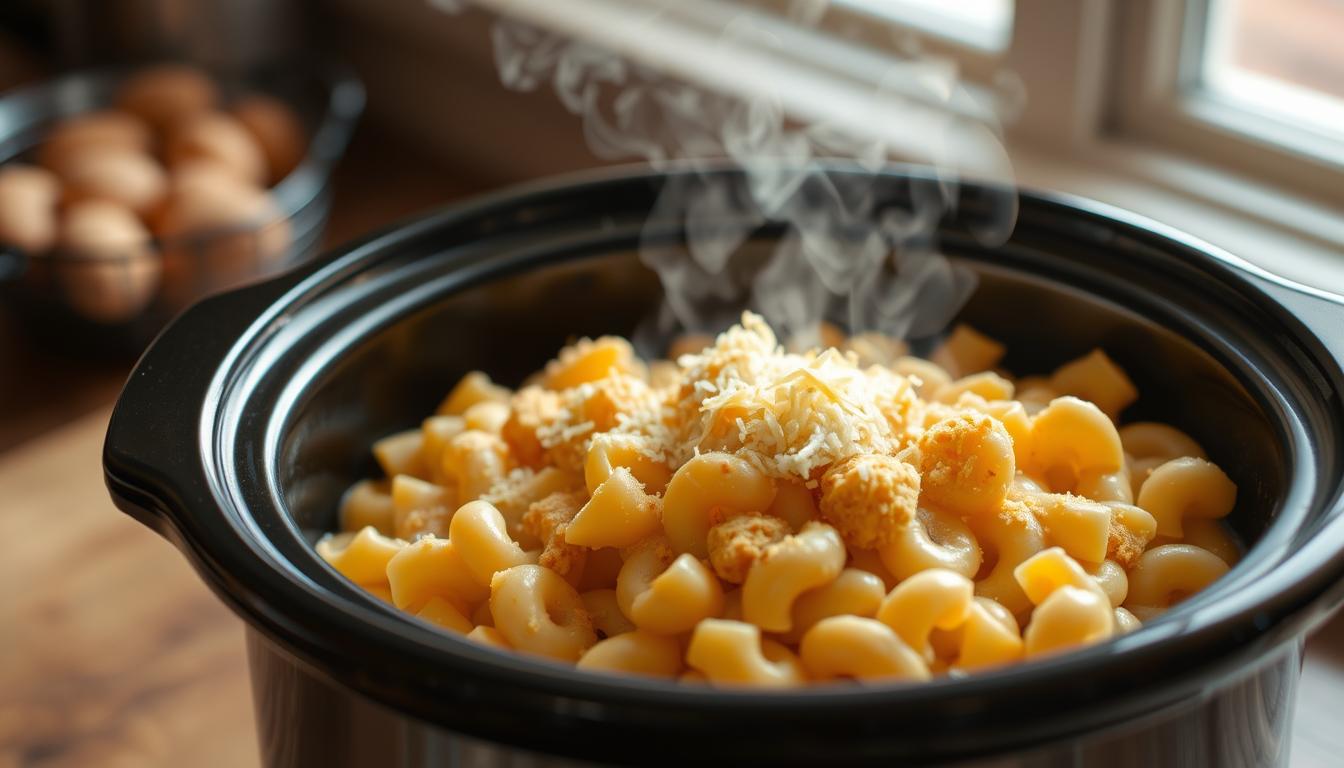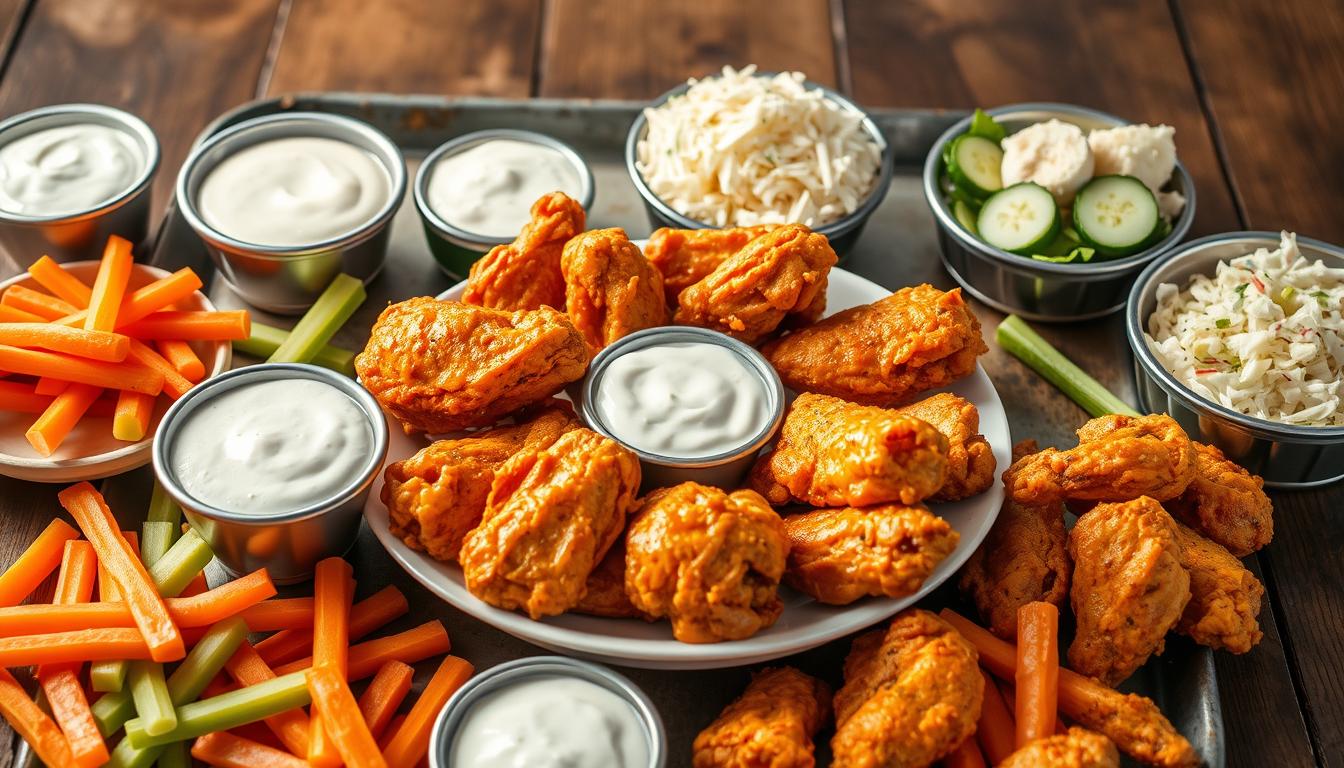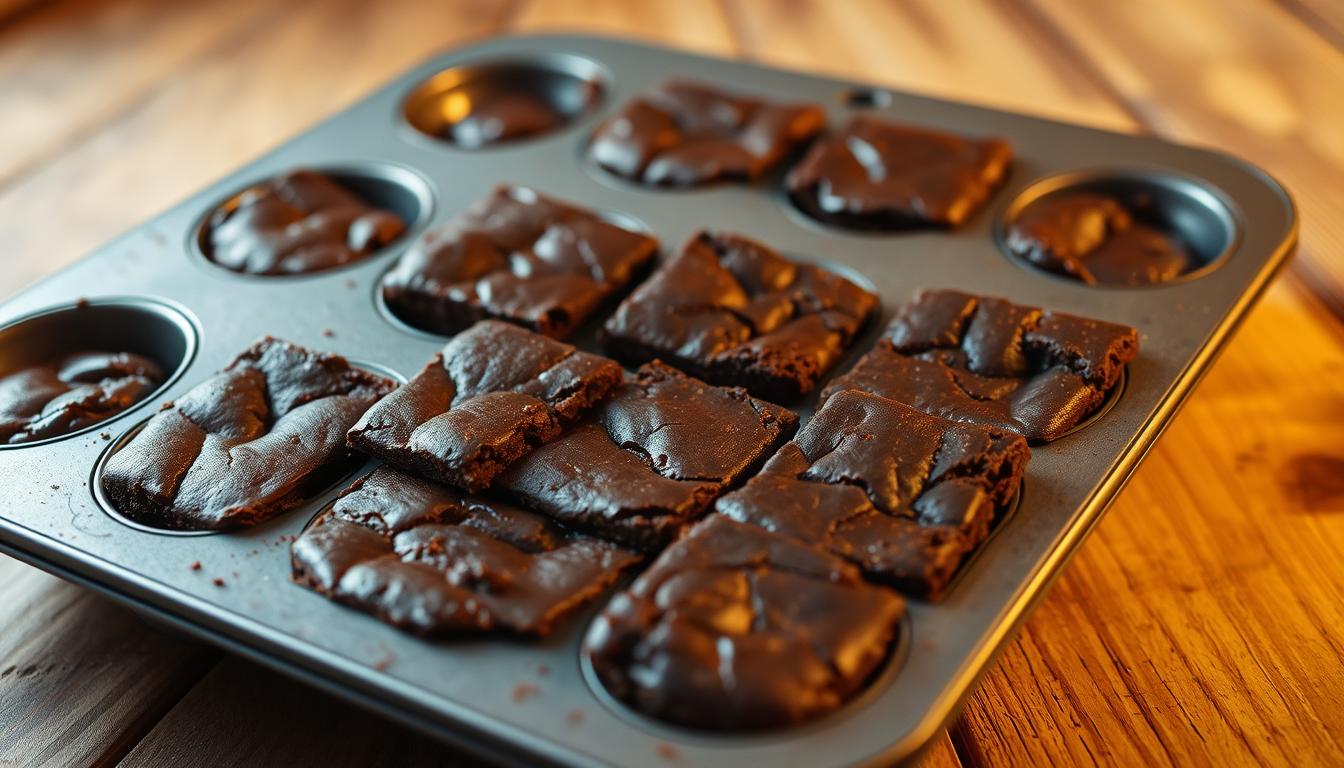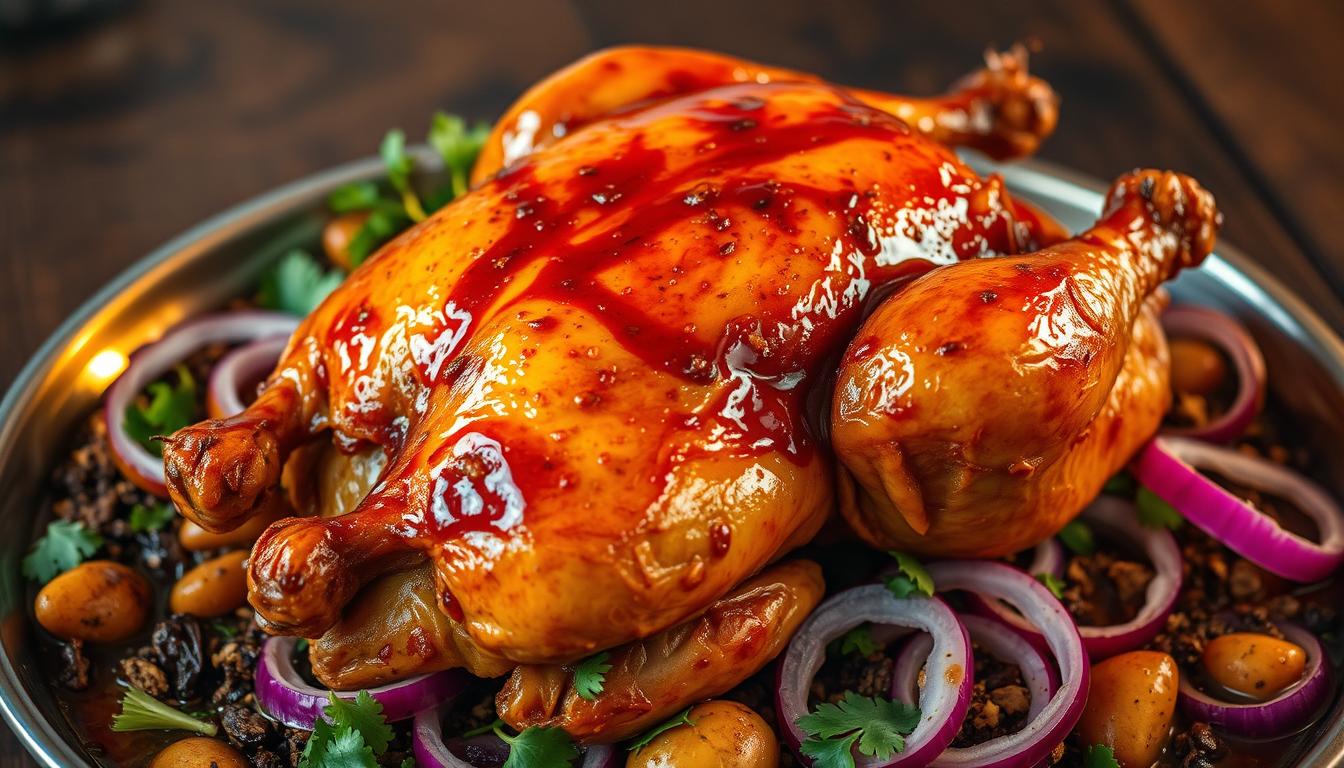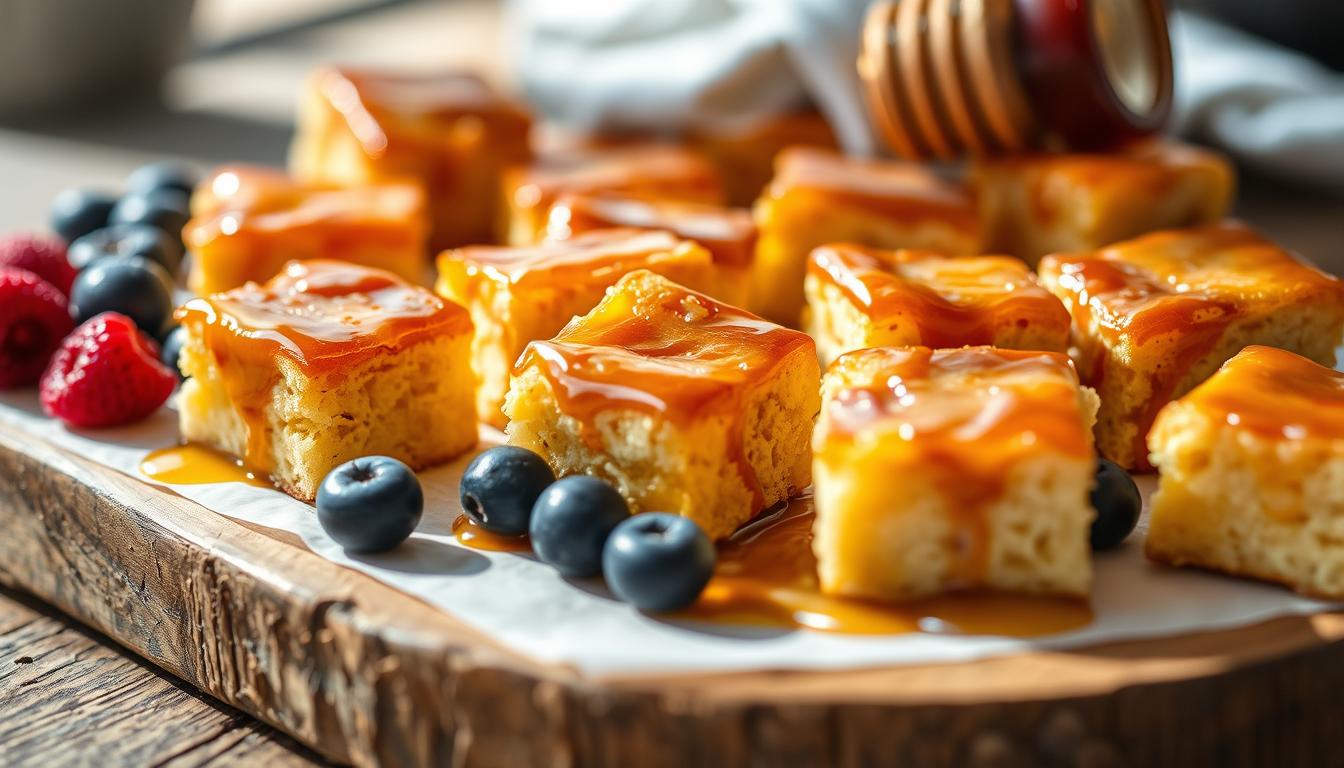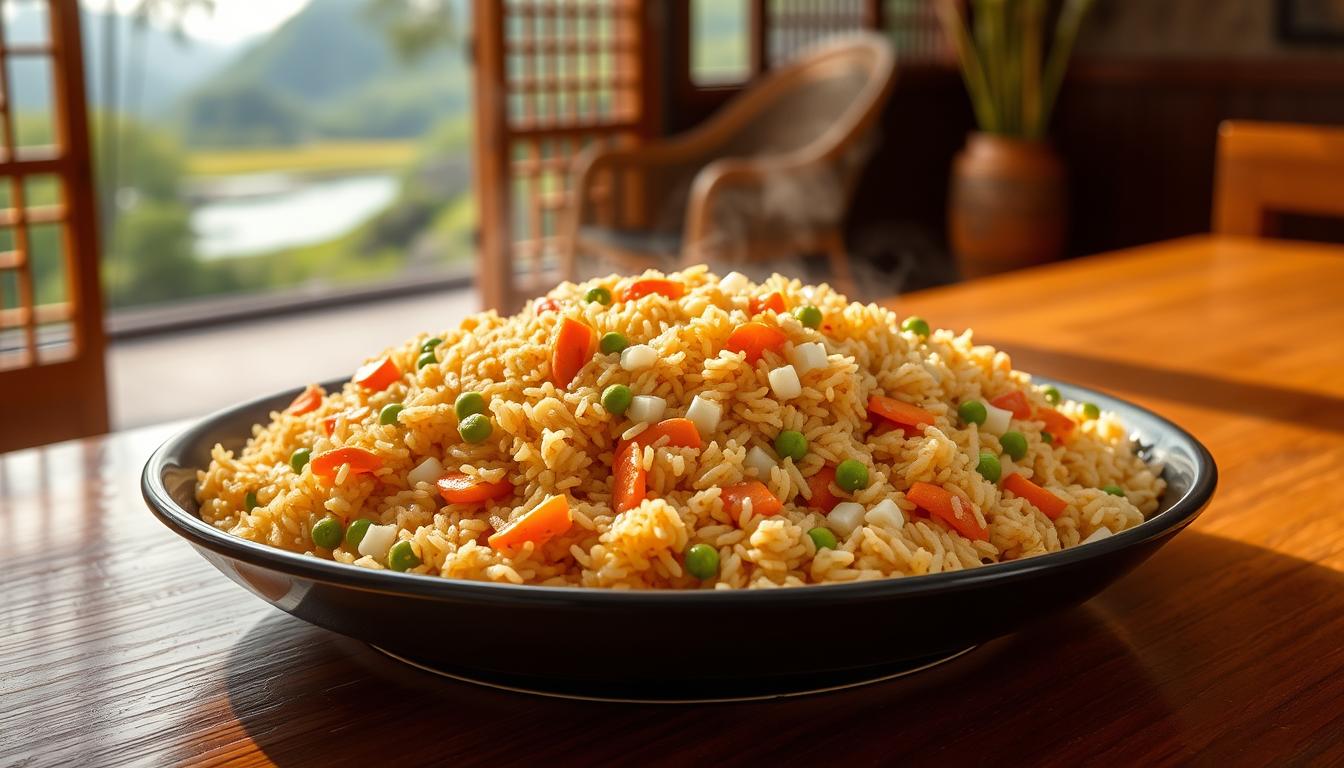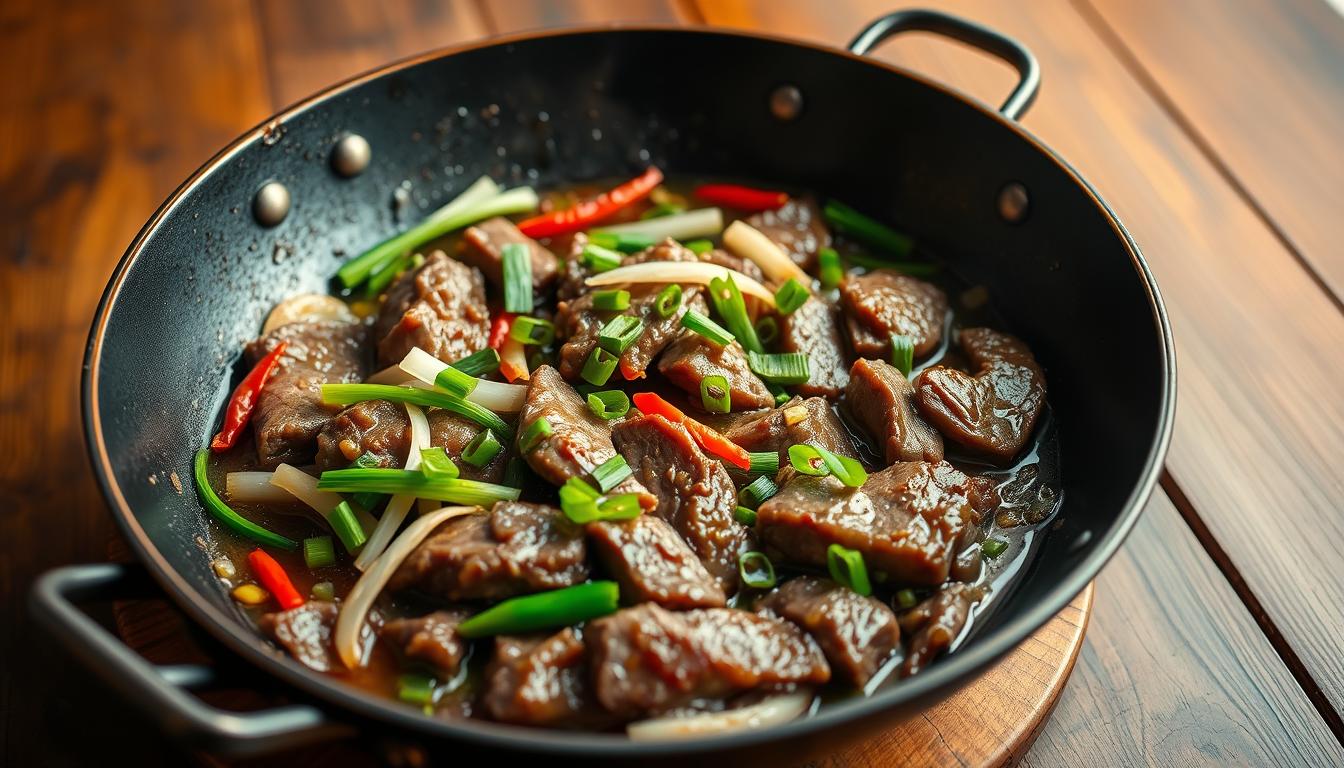Want a meal that’s as good as a restaurant but takes less than 30 minutes? Mongolian ground beef noodles are your go-to for a quick dinner. This recipe has won over many, with over 52,882 Facebook shares.
Imagine turning simple ingredients into a dish that smells like a restaurant. Mongolian ground beef noodles mix sweet, savory, and spicy flavors. It’s a meal that will leave you wanting more.
Busy parents, working professionals, or anyone who loves great food will love this recipe. It uses lean ground beef, garlic, ginger, and a sauce that will make your taste buds happy. You’ll make a dish that’s as good as takeout.
Key Takeaways
- Quick and easy meal – ready in under 30 minutes
- Budget-friendly dinner option
- Customizable with various protein and vegetable choices
- Authentic Asian-inspired flavor profile
- Perfect for meal prep and leftovers
Introduction to Mongolian Ground Beef Noodles
Beef and noodles are a classic comfort food. But Mongolian ground beef noodles add a new twist to this favorite. This beef noodle recipe brings a modern spin to Mongolian cuisine, making it fun for anyone to try at home.
What are Mongolian Ground Beef Noodles?
Mongolian ground beef noodles are a tasty dish. It combines tender ground beef with noodles in a rich sauce. Unlike traditional Mongolian beef, this recipe uses ground beef for ease and convenience.
- Quick and easy to prepare
- Packed with savory flavors
- Adaptable to different skill levels
“A delicious meal that brings restaurant-quality flavor right to your kitchen.”
A Brief History of the Dish
Mongolian beef isn’t from Mongolia, surprisingly. It started in Chinese-American restaurants to please Western tastes. A sweet and savory sauce was created, leading to many variations, including our ground beef version.
| Dish Characteristic | Details |
|---|---|
| Origin | Chinese-American cuisine |
| Typical Protein | Traditionally flank steak, now ground beef |
| Flavor Profile | Sweet and savory |
This beef noodle recipe is simple and easy to adapt. It’s perfect for both new cooks and experienced chefs. It’s both easy to make and incredibly tasty.
Key Ingredients for Mongolian Ground Beef Noodles
Making great Mongolian ground beef noodles starts with picking the right ingredients. These ingredients should work together to give you a true taste of the dish. It’s all about the essential parts that make this meal stand out.
The base of your dish is built on ingredients that turn simple things into something amazing. Let’s look at the main parts that will make your ground beef egg noodles taste like they came from a restaurant.
Essential Herbs and Spices
Spices are the heart of Mongolian cooking, adding depth and complexity. Your spice mix should include:
- 5-6 cloves of fresh garlic (minced)
- 4 teaspoons of fresh ginger (finely chopped)
- 1/2 teaspoon ground black pepper
- Optional red pepper flakes for heat
Choosing the Right Type of Noodles
The noodles you pick are crucial for your Mongolian beef. Here are some good options:
| Noodle Type | Recommended Quantity | Texture |
|---|---|---|
| Linguine | 10 ounces | Smooth, holds sauce well |
| Egg Noodles | 10 ounces | Rich, slightly chewy |
| Fettuccine | 10 ounces | Wide, absorbs flavors |
Recommended Beef Cuts
For the best taste, pick ground beef with a good lean-to-fat ratio. This ensures flavor and tenderness:
- 90% lean ground beef (1 pound recommended)
- Fresh, high-quality meat is key for the best taste
- Alternative proteins: ground turkey or pork
By choosing your ingredients wisely, you’ll make a Mongolian ground beef noodle dish that’s as good as any restaurant. The secret is balance, quality, and a love for cooking.
Equipment You’ll Need
To make tasty mongolian ground beef noodles, you need the right tools. Whether you’re new to cooking or have lots of experience, the right equipment makes a big difference. It makes cooking fun and easy.
Essential Cooking Tools
For perfect mongolian ground beef noodles, you’ll need a few important tools:
- Large Skillet or Wok: Great for high-heat cooking and even heat
- Pasta Pot: Perfect for boiling noodles just right
- Measuring Cups and Spoons: For exact ingredient amounts
- Sharp Chef’s Knife: Needed for chopping
- Cutting Board
- Wooden Spoon or Spatula
Recommended Cookware
You don’t need fancy tools to make a great beef noodle recipe. A cast-iron skillet or carbon steel wok is good for heat control. But, a regular non-stick pan works well too.
Your cookware should have:
- Good heat conductivity
- Non-stick surface
- Deep sides for easy stirring
Pro tip: If you love Asian cooking, a quality wok can make your mongolian ground beef noodles taste like they’re from a restaurant.
Step-by-Step Cooking Instructions
Making the perfect beef noodle recipe needs attention to detail. This guide will help you through each step. You’ll learn how to make a delicious meal that’s easy to make and full of flavor.
Preparing the Noodles
Cooking noodles is key for your beef noodle recipe. Follow these steps for the perfect texture:
- Boil 3 cups of beef bone broth or water
- Add 2 bricks of gluten-free ramen noodles
- Cook for 3-4 minutes until al dente
- Drain and set aside
Cooking the Ground Beef
The secret to amazing beef and noodles is in how you cook the ground beef:
- Heat a large skillet over medium-high heat
- Add 1 pound of ground beef
- Cook for 4-5 minutes until no pink remains
- Drain excess fat if needed
Combining Ingredients
Now, let’s put your beef noodle recipe together:
| Ingredient | Quantity | Purpose |
|---|---|---|
| Minced Garlic | 5-6 cloves | Aromatic base |
| Soy Sauce | 3 tbsp | Umami flavor |
| Brown Sugar | 1 tbsp | Sweetness |
| Red Pepper Flakes | ½ tsp | Heat |
Mix cooked beef, noodles, and sauce in the skillet. Stir well to coat everything evenly. Top with green onions and sesame seeds for extra taste and look.
Tips for the Perfect Sauce
Making a great sauce is key to authentic Mongolian ground beef noodles. The right mix of flavors can turn your dish from good to amazing. Knowing how to balance your ingredients is crucial for a sauce that excites your taste buds.
Creating the Ideal Flavor Profile
Your Mongolian ground beef noodles sauce needs to blend sweet, salty, and umami flavors perfectly. The main ingredients for this are:
- Low sodium soy sauce: Gives deep, savory notes
- Hoisin sauce: Adds rich, slightly sweet depth
- Brown sugar: Balances salt with a touch of sweetness
- Beef broth: Boosts the overall flavor
Adjusting Spice Levels
Customize your dish’s heat with these easy steps:
- Begin with 1/4 teaspoon of red pepper flakes
- Slowly add more spice as you like
- Black pepper adds a gentle warmth
- Fresh minced garlic adds an extra zing
Pro tip: Always taste and tweak your sauce before cooking. A well-balanced sauce can make your Mongolian ground beef noodles truly delicious.
Customizing Your Noodles
Transforming your ground beef egg noodles recipe opens up a world of culinary creativity. Whether you’re looking to boost nutrition or explore alternative protein options, customizing your beef and egg noodles dish can make every meal exciting and personalized.

Vegetable Additions for Nutritional Boost
Enhance your ground beef egg noodles with vibrant vegetables that add both flavor and nutrition. Consider these delicious options:
- Bell Peppers: Adds crunch and vitamin C
- Broccoli: Provides extra fiber and antioxidants
- Snap Peas: Introduces a fresh, crisp texture
- Carrots: Brings natural sweetness and color
- Mushrooms: Offers an umami depth to the dish
To incorporate vegetables, chop them into bite-sized pieces and stir-fry for 2-3 minutes before adding your ground beef. This ensures they remain tender-crisp and retain maximum nutritional value.
Alternative Protein Possibilities
Your beef and egg noodles recipe can easily adapt to different protein preferences. Explore these protein substitutions:
| Protein Option | Cooking Adjustment | Flavor Profile |
|---|---|---|
| Ground Chicken | Reduce cooking time by 1-2 minutes | Lighter, milder taste |
| Ground Turkey | Add extra seasoning for depth | Lean, slightly gamey flavor |
| Tofu | Press and cube before cooking | Neutral, absorbs sauce well |
| Plant-Based Crumbles | Follow package heating instructions | Mimics meat texture |
Remember that each protein substitution might slightly alter cooking times and sauce absorption. Adjust your seasonings to complement the new protein and maintain the dish’s delicious flavor profile.
Serving Suggestions
Making the perfect mongolian ground beef noodles is an art. It’s not just about cooking. The way you present it can make a big difference. The right serving techniques can turn a good meal into an unforgettable one.
Ideal Side Dishes
Here are some great side dishes to go with your mongolian ground beef noodles:
- Steamed Asian vegetables
- Light cucumber salad
- Pickled daikon radish
- Crisp spring rolls
- Egg drop soup
Presentation Tips
Make your beef and noodles look like they came from a restaurant with these tips:
- Use white ceramic plates to make the dish pop
- Garnish with fresh chopped green onions
- Sprinkle toasted sesame seeds for texture
- Create height by twirling noodles with kitchen tongs
- Drizzle extra sauce around the plate’s edge
Remember, eating is a visual experience. Your mongolian ground beef noodles should look as delicious as they taste!
Storing Leftovers
Enjoying your beef and egg noodles is just the start. Proper storage keeps the dish fresh and flavorful. Learning how to store and reheat your Mongolian ground beef noodles is key.
Best Storage Practices
Storing your beef noodle recipe right is crucial. It keeps your food fresh and safe. Here are some important tips:
- Use an airtight container to prevent moisture loss
- Refrigerate leftovers within 2 hours of cooking
- Store in the refrigerator for up to 3 days
- Separate noodles and sauce if possible to maintain texture
Reheating Instructions
Reheating your beef and egg noodles needs care. You want to keep their texture and taste:
- Remove the noodles from the refrigerator 10-15 minutes before reheating
- Use a skillet or microwave with low to medium heat
- Add a splash of water or broth to prevent dryness
- Stir occasionally to distribute heat evenly
- Heat until the internal temperature reaches 165°F
Pro tip: Avoid reheating leftovers more than once to maintain food quality and safety.
By following these tips, your Mongolian ground beef noodles will stay delicious and safe to eat for several meals.
Common Mistakes to Avoid
Making perfect mongolian ground beef noodles needs focus and avoiding common mistakes. These errors can affect your dish’s taste and texture. Knowing these mistakes helps you make a tasty meal every time.
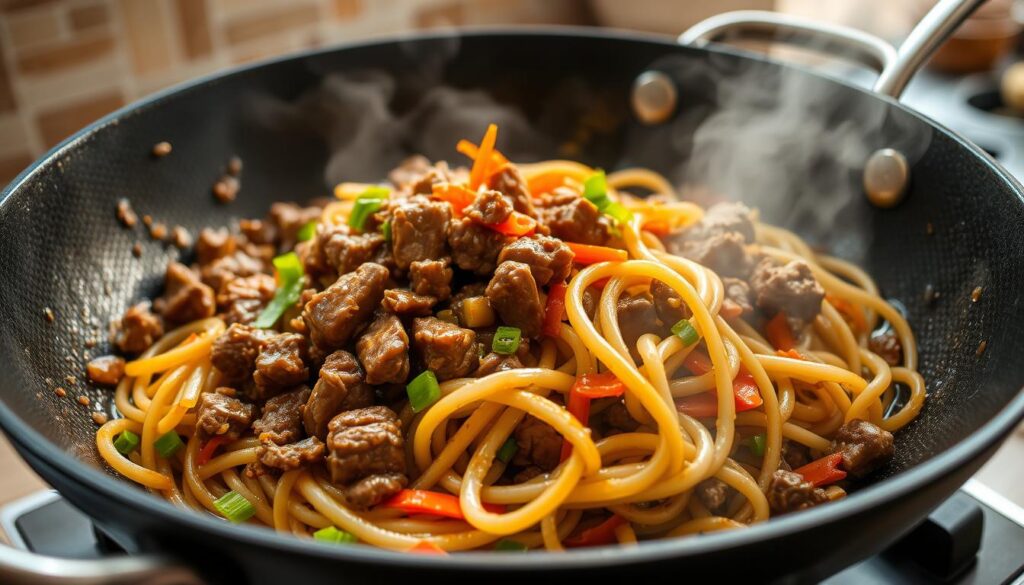
Preventing Noodle Disasters
Many home cooks accidentally overcook ground beef egg noodles. Soft, mushy noodles can spoil the dish. Here’s how to avoid it:
- Cook noodles al dente
- Follow package cooking time precisely
- Rinse noodles in cold water to stop cooking
- Drain immediately after cooking
The Importance of Marinating
Not marinating is another common mistake. Marinating does several things:
- Tenderizes the meat
- Enhances flavor absorption
- Creates a more complex taste profile
- Improves overall dish texture
Even a short 5-10 minute marinade can make a big difference. Use soy sauce, ginger, and garlic for the best flavor.
Additional Cooking Pitfalls to Dodge
Here are more mistakes to watch out for:
- Using cold meat instead of room temperature
- Overcrowding the pan during cooking
- Not preheating your cooking surface
- Stirring too frequently while cooking
Avoiding these mistakes can make your ground beef egg noodles top-notch. Remember, practice makes perfect. Don’t worry if your first try isn’t perfect.
Variations on the Classic Recipe
Trying new twists on your favorite beef noodle recipe can make cooking more fun. With more people interested in Mongolian food, home cooks are looking to try new things.
Let’s explore exciting ways to change up your traditional beef and noodles dish!
Regional Flavor Explorations
Adding regional flavors can make your beef noodle recipe more exciting. Here are some ideas:
- Southwest-inspired version with chipotle and black beans
- Korean-style adaptation using gochujang sauce
- Mediterranean twist with oregano and feta cheese
Vegetarian and Vegan Alternatives
For those who love plant-based foods, making a beef noodle recipe without meat is easy. You can use:
- Tofu: Extra-firm tofu has a meaty texture
- Seitan: High-protein wheat gluten that feels like beef
- Tempeh: Fermented soybean product with a deep flavor
When you swap out beef, change the sauce to keep the flavor rich. Try using mushroom broths or nutritional yeast for more umami.
| Protein Alternative | Protein Content | Cooking Adjustment |
|---|---|---|
| Extra-Firm Tofu | 8g per 1/2 cup | Press and marinate before cooking |
| Seitan | 21g per 1/2 cup | Slice thin, quick stir-fry |
| Tempeh | 15g per 1/2 cup | Crumble and sauté |
The secret to a great beef noodle recipe is keeping the flavors and textures right. With a little creativity, you can make this classic dish fit any diet!
Nutritional Information
Knowing the nutritional facts of mongolian ground beef noodles helps you make better food choices. This dish has a mix of important nutrients that can boost your health and well-being.
Caloric Breakdown
A typical serving of beef and egg noodles is quite nutritious. Here’s a look at the calories and nutrients it contains:
- Total Calories: 376 kcal per serving
- Protein: 22g (good for muscles)
- Carbohydrates: 15g (gives energy)
- Total Fat: 25g
Health Benefits of Ingredients
Mongolian ground beef noodles are not only tasty but also full of nutrients. The main ingredients bring many health benefits:
| Nutrient | Amount | Daily Value |
|---|---|---|
| Iron | 3 mg | 47% |
| Potassium | 404 mg | 17% |
| Vitamin B12 | 1 μg | 51% |
| Zinc | 5 mg | 48% |
Choosing lean ground beef and adding veggies can make your mongolian ground beef noodles even healthier.
Remember, moderation and balanced ingredients are key to enjoying a nutritious meal.
Frequently Asked Questions
Many home cooks wonder about making the perfect beef noodle recipe. Knowing common challenges can boost your confidence in cooking this tasty dish.
Substituting ingredients is common in this recipe. If you don’t have linguine, rice noodles or lo mein are great alternatives. You can also use ground pork, turkey, or chicken for a lighter option. The sauce’s base, soy sauce and brown sugar, can replace hoisin sauce if needed.
Quick Cooking and Storage Tips
Your Mongolian ground beef noodles can stay fresh in the fridge for up to 3 days. Chefs say the flavors get better overnight, making it a perfect meal to prepare ahead. Store it in an airtight container and reheat gently to keep the sauce smooth.
Troubleshooting Recipe Challenges
If your sauce is too thin, a tablespoon of cornstarch can thicken it fast. For those who like it spicy, add red pepper flakes. For milder flavors, reduce or skip them. With these tips, you’ll make a dish that rivals restaurant quality every time.
FAQ
What makes Mongolian ground beef noodles different from traditional Mongolian beef?
This dish uses ground beef instead of sliced steak. It’s easier to make at home. Yet, it keeps the sweet and savory taste of the original.
What type of noodles work best for this recipe?
You can pick from linguine, lo mein, or egg noodles. Each changes the dish’s feel and taste. Egg noodles give the most Asian vibe.
Can I substitute the ground beef with another protein?
Yes! Try ground turkey, chicken, or plant-based options. Just cook them right to keep the dish tasty.
How can I make the dish spicier or milder?
Add more red pepper flakes, sriracha, or chili oil for heat. Start small and adjust to your liking. This way, you won’t overpower the dish’s flavors.
How long can I store Mongolian ground beef noodles?
Keep leftovers in a sealed container in the fridge for 3-4 days. Reheat with a bit of water or broth to keep the noodles moist.
Is this dish considered healthy?
It depends on what you put in it. Use lean beef, add veggies, and control the sauce. It’s a good mix of protein and can be part of a healthy diet.
Can I make a vegetarian version of this dish?
Yes! Use tofu, tempeh, or plant-based meats instead of beef. Adjust the sauce and cooking to keep the rich flavor of Mongolian noodles.
What equipment do I need to make this recipe?
You’ll need a big skillet or wok, a pot for noodles, and basic tools. A wok is best but not required for this tasty dish.

